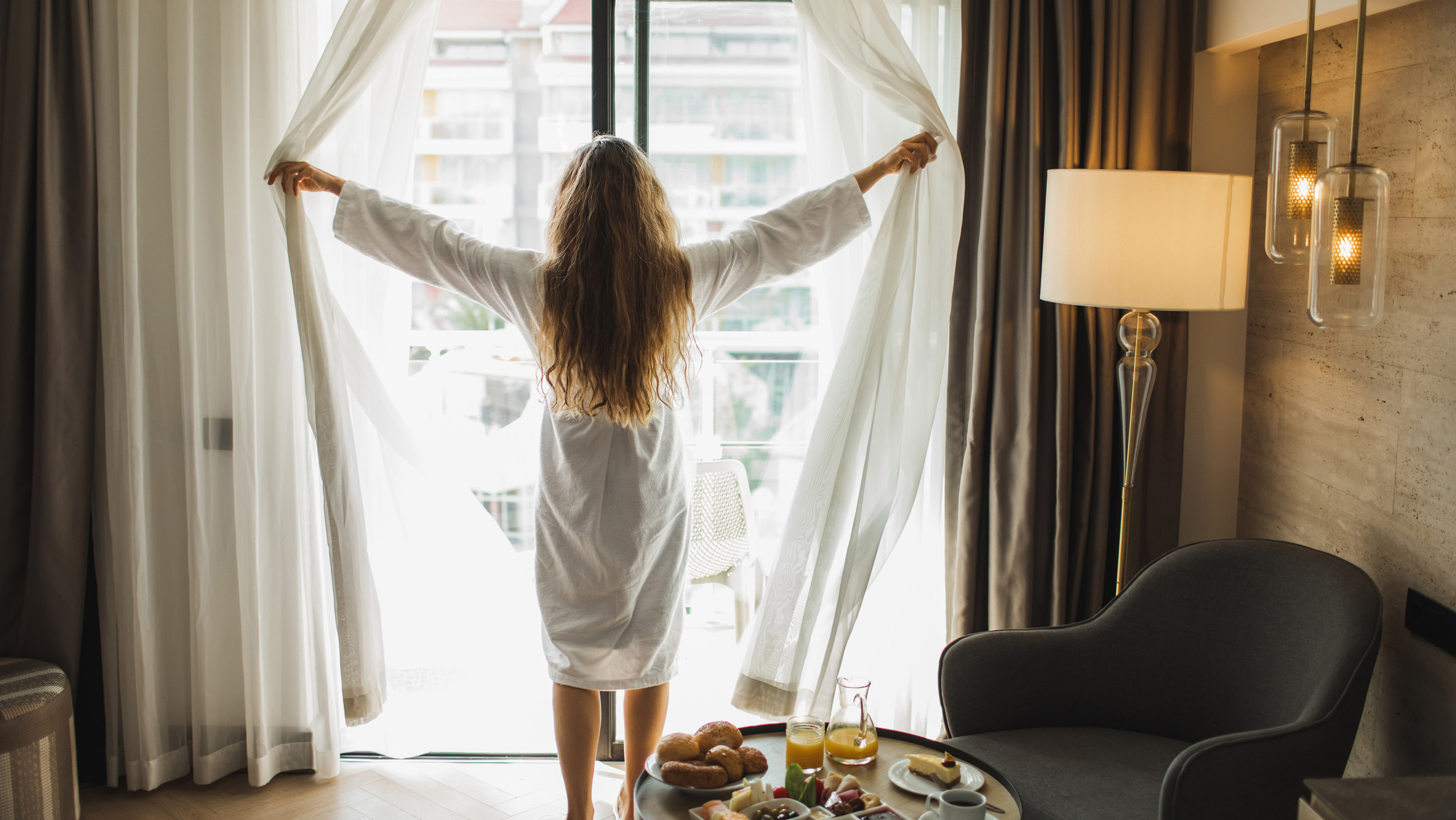Executive Q&A: Inclusion through Audio
Listen Technologies CEO Maile Keone celebrates 25 years of assistive listening systems.
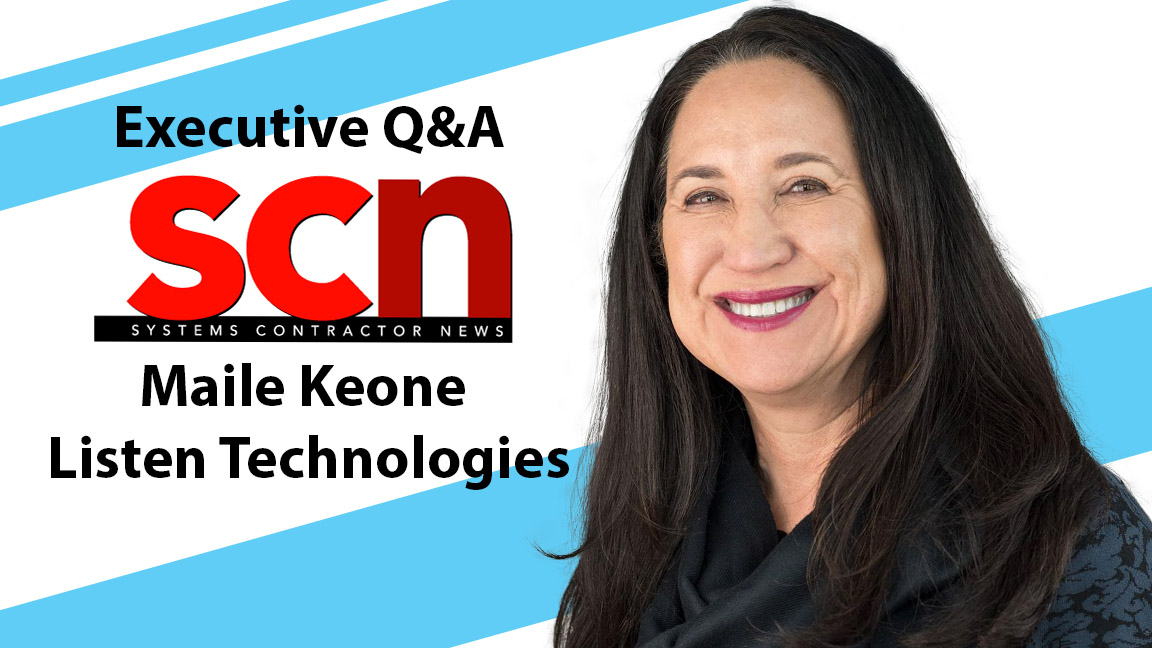
SCN: How long have you been with this company, and what are your responsibilities?
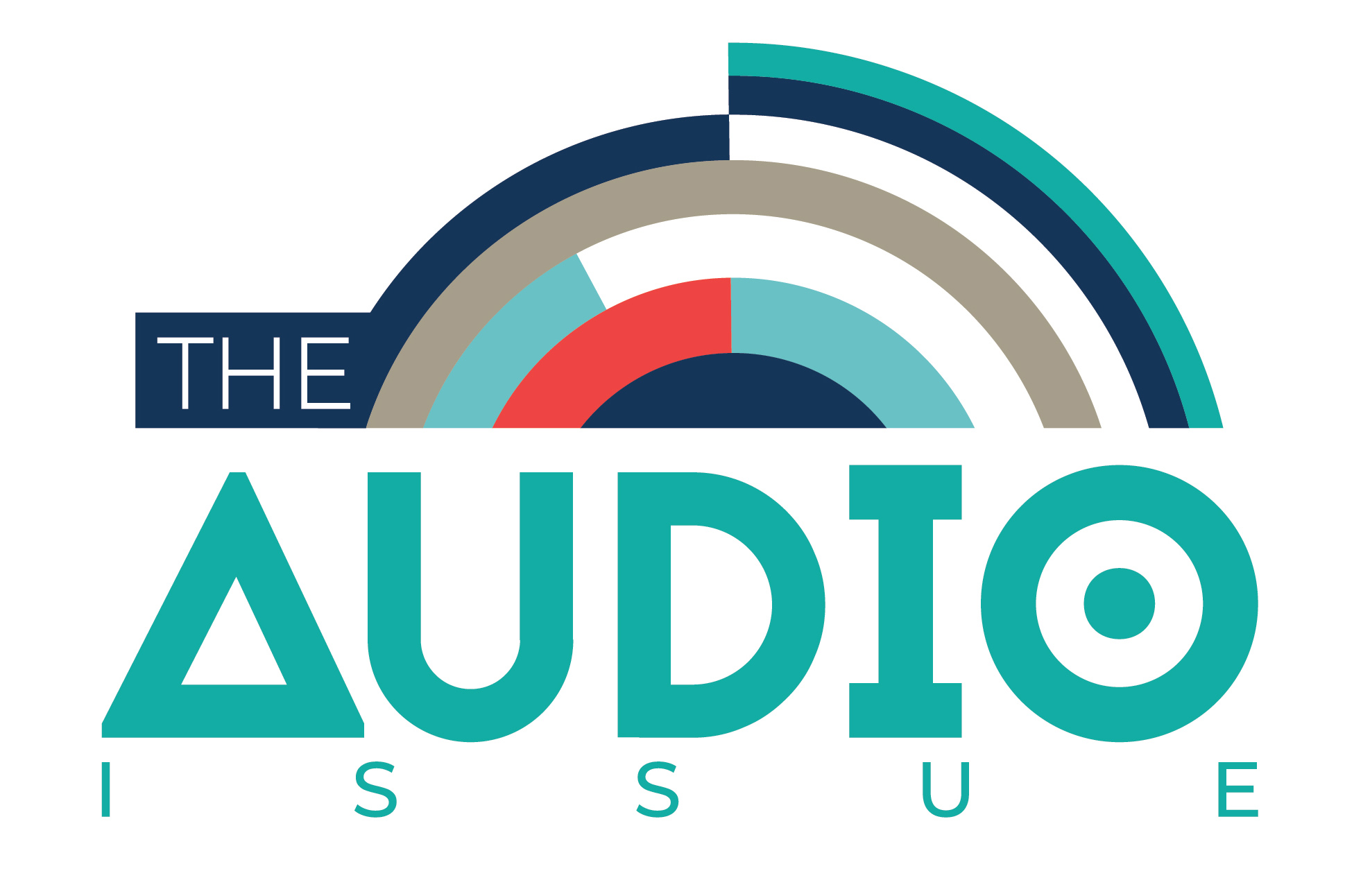
Maile Keone: I will celebrate my 10-year anniversary with Listen Technologies in November. As president and CEO for Listen Technologies, I’m committed to creating value for our shareholders, partners, employees, and customers through innovative technology and solutions that promote inclusive listening experiences across markets and applications.
[Listen Technologies Upgrades Aging Assistive Listening System]
SCN: How is Listen Technologies celebrating its 25th anniversary?
MK: Listen Technologies marked its silver anniversary on June 4. We kicked off a series of celebratory activities at InfoComm 2023 (maybe you saw some of us in Orlando sporting our 25th anniversary shirts) and debuted the next generation of our audio-over-Wi-Fi solution. It is an exciting time for Listen Technologies and for our industry!
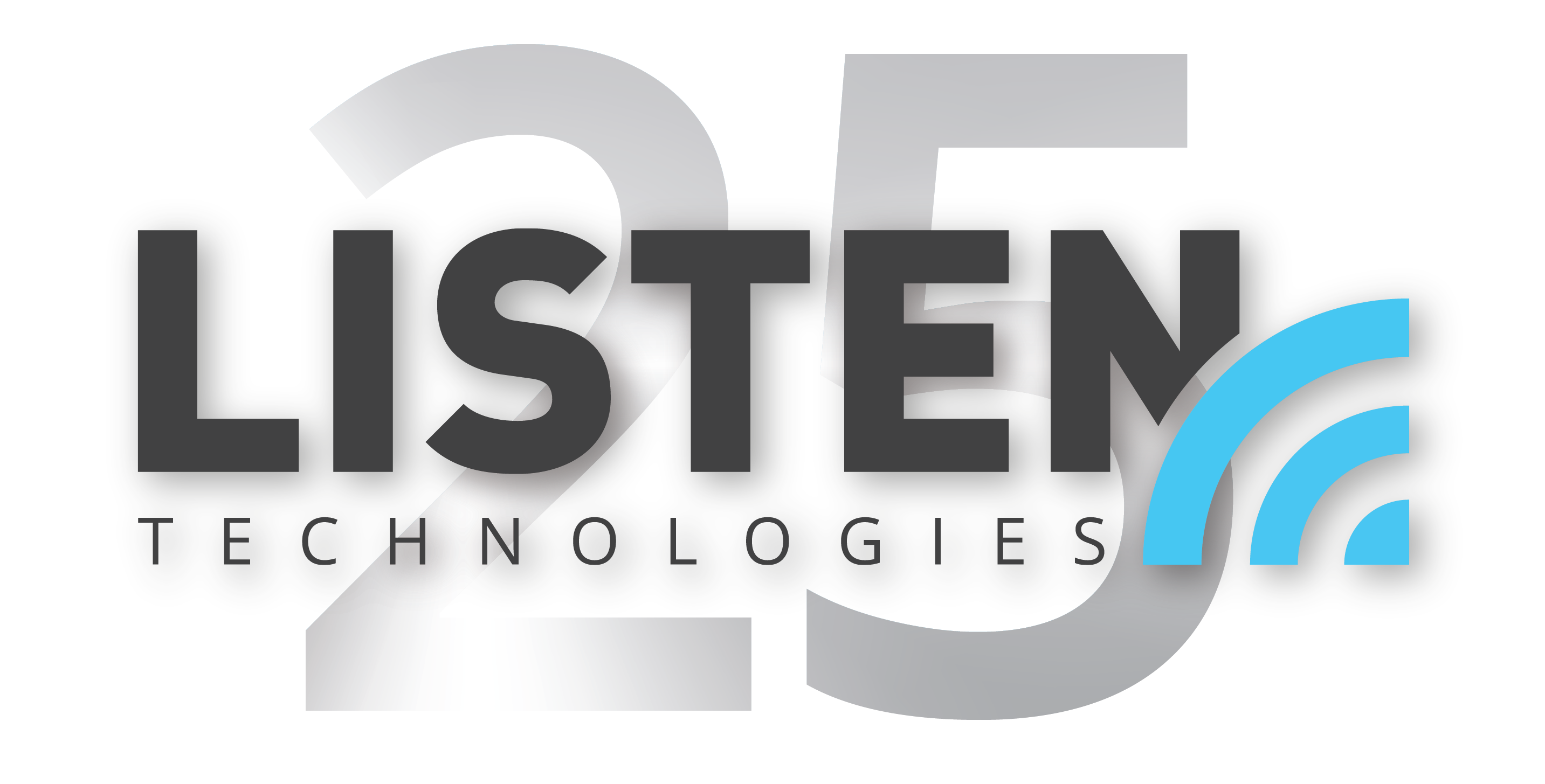
SCN: What is the strongest vertical market for your company?
MK: Listen Technologies continues to see growth in houses of worship, education, and tours, but also in manufacturing, corporate, hospitality, attractions, events, museums, courtrooms—any venue or environment where it can be challenging to hear clearly. Listen Technologies solutions are flexible, portable, and easy to use, so partners and customers are always finding creative applications beyond what we initially intended for the technology.
A daily selection of the top stories for AV integrators, resellers and consultants. Sign up below.
A great example of this happened at Fremont High School in Plain City, UT, where an innovative AV integrator and dedicated teachers used our audio-over-Wi-Fi solution to help a student with hearing loss and a passion for musical theater hear lines and song cues, so he could fully participate in his school’s production of Anastasia. We are thrilled our solution could help, and we’re continually inspired by the creative, inclusive thinking of our partners.
SCN: Why did the company rebrand Listen EVERYWHERE to ListenWIFI, and what’s new with this solution?
MK: We debuted the next generation of our audio-over-Wi-Fi solution at InfoComm 2023 and rebranded the solution ListenWIFI. When ListenWIFI becomes available later this year, it will replace the Listen EVERYWHERE solution. ListenWIFI is an entirely new solution suite, not a product upgrade, so we have given it a new name. “ListenWIFI” is a clear descriptor for the technology, and it follows the naming convention of other Listen Technologies products, such as ListenIR and ListenRF.
ListenWIFI, like earlier versions of our audio-over-Wi-Fi solutions, lets venues stream audio over their wireless network to guests’ smartphones. Guests access the audio via a free app and listen with headphones or earbuds. An optional personal induction loop, or neck loop, is available for guests with telecoil-equipped hearing aids or cochlear implants.
[Beyond the Tech: Problem Solving Against the Clock]
The ListenWIFI system features new hardware, including LWR-1050 dedicated receivers, new LA-490 ListenWIFI Beacons, new 2, 4, 8, and 16-channel servers, and enhanced software that simplifies system configuration and management. The new LWR-1050 receivers, when used with signage and neck loops, meet ADA and international requirements, making ListenWIFI a global assistive listening system. The ListenWIFI LA‑490 Beacons enable automatic connection to audio based on location.
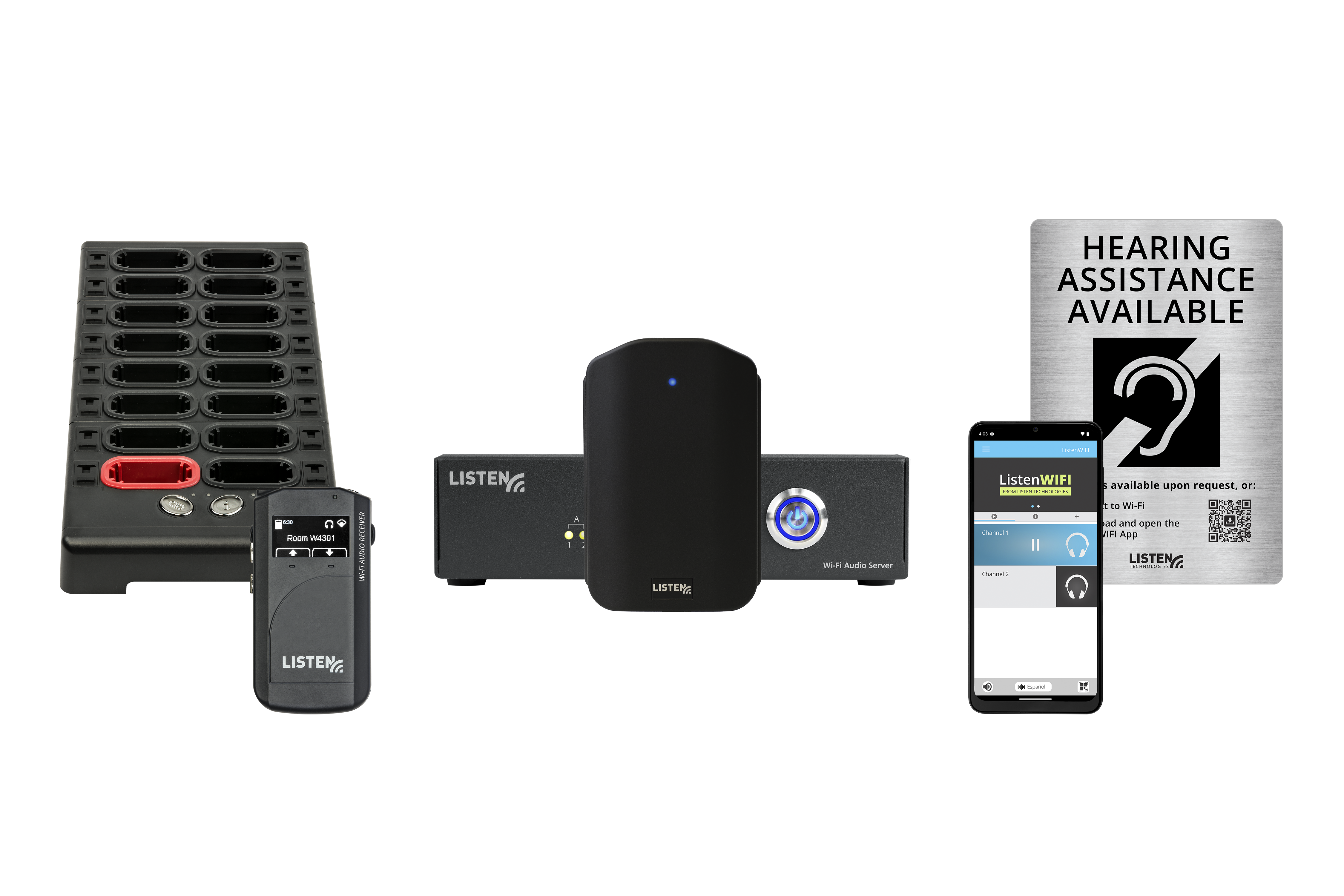
We are always listening to our partners and customers and designing solutions to meet their needs. ListenWIFI is the culmination of their collective input, and we are excited to bring this new solution to market.
There are several advantages of audio-over-Wi-Fi assistive listening systems. The technology is simple to use, familiar, and discreet. With an audio-over-Wi-Fi system, it is not obvious people are using their smartphone and earbuds to hear better, and that may be important to someone who is self-conscious about using assistive technology. From a venue’s perspective, audio-over-Wi-Fi systems are affordable, easy to install and manage, and enhance the guest experience.
SCN: We tend to focus on assistive listening for the hard of hearing, but how popular is your ListenTALK product line?
MK: ListenTALK is a two-way communication system that is ideal for tours and remains very popular because of its flexibility. It can easily adapt to fit the needs of any tour group and the system is simple to set up and use.
ListenTALK’s versatility was recently on display at InfoComm 2023. AVIXA used ListenTALK to support show floor tours inside the Orange Convention Center and for Integrated Experience tours offsite at various locations in and around Orlando, FL. AVIXA guides knew they could rely on ListenTALK transceivers (combined transmitters/receivers that participants wear on a lanyard around their neck) to charge quickly and remain charged for the duration of tours. Guides could create groups on the fly and participants would be able to hear clearly whether they were in large, noisy, indoor spaces like the convention center, or outdoors and in spaces where guides moved through various rooms, around corners, and out of sight.
When clear sound is delivered directly to listener’s ears, regardless of whether they have hearing loss, it can provide a richer, more immersive experience.
Tour guides love ListenTALK because they don’t need to shout to be heard or walk backward. AVIXA didn’t need to use ListenTALK for interpretation, but they easily could have. ListenTALK streamlines simultaneous interpretation, so interpreters don’t need to carry extra equipment. And, of course, for tour participants, ListenTALK is easy, intuitive, and delivers exceptional sound quality.
SCN: How do you determine which kind of assistive listening system is right for your environment?
MK: Listen Technologies has created a system recommendation tool to help venue owners, integrators, and consultants select the right assistive listening technology and system for their specific application, building, type of venue, and seating capacity. Users answer questions about the type of system they need, and the tool recommends which technology and Listen Technologies solutions would best meet their needs.
SCN: Is there some sort of formula or ratio for determining the right number of assistive listening systems for a venue?
MK: Listen Technologies has an assistive listening device accessibility calculator to help venue owners and managers ensure their assistive listening system meets the latest compliance guidelines. Venue owners enter the seating capacity for their space and the calculator will tell them the minimum number of assistive listening devices and neck loops required to meet compliance.
[Executive Q&A: Creating Connections]
SCN: What do people get wrong about assistive listening systems?
MK: They think assistive listening systems are only for people with hearing loss, but they are for everyone. Anyone can experience situational or environmental hearing loss. Imagine participating in a guided tour through a noisy manufacturing plant, watching a game on TV screens in a crowded bar, or trying to focus on a presentation in a distracting classroom. Assistive listening systems can help overcome the challenges of hearing loss, ambient noise, distance, poor acoustics, and language in each of those situations. When clear sound is delivered directly to listener’s ears, regardless of whether they have hearing loss, it can provide a richer, more immersive experience. Assistive listening systems also foster inclusion because everyone can share the same listening experience.
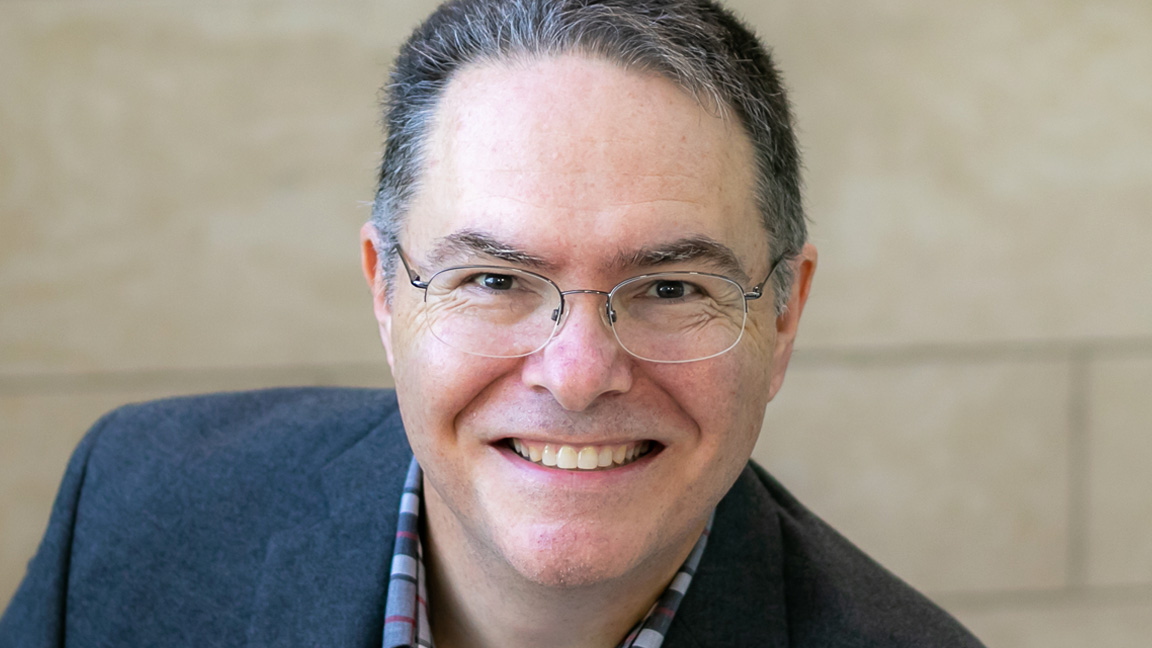
Mark J. Pescatore, Ph.D., has been the content director of Systems Contractor News since 2021. During his career, he's hosted and programmed two ongoing regional industry trade shows (including Future B2B's AV/IT Summit), produced and hosted podcasts and webinars focused on the professional video marketplace, taught more than a dozen college communication courses, co-authored the book Working with HDV, and co-edited two editions of The Guide to Digital Television.
